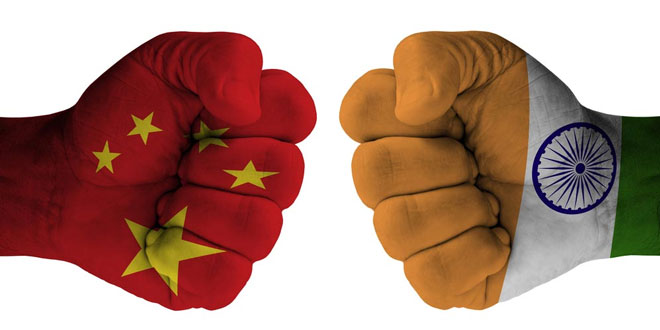India-China Five-Point Action Plan to resolve Border Disputes
India and China, on September 11, 2020, agreed on ‘five-point action plan’ so as to quickly disengage troops along the Line of Actual Control. The External Affairs Minister of India S Jaishankar met his Chinese counterpart Wang Yi to discuss the border tensions while he is on his visit to Russia to attend the Shanghai Cooperation Organisation (SCO) Foreign Ministers meet in Moscow.
Five-Point Action Plan
Two sides discussed on following 5 points:
- Both sides agreed to take guidance from consensus of the leaders in order to develop India-China relations and neglect the differences to avoid disputes.
- India and China agreed to continue their dialogue on disengagement at the border, ease tension and maintain the status quo.
- They also agreed to abide by all the existing agreements, protocols so as to maintain peace and tranquillity across the line of actual control.
- Both sides agreed to communicate through Special Representatives mechanism for consultation and coordination on border disputes.
- They agreed to work on confidence building measures.
Stances of Border Disputes
- Western Sector or Aksai Chin region which is claimed by the Chinese government post-1962 war as an autonomous part of Xinjiang region.
- Central Sector which include the 73-day standoff at Doklam and face-off at Nathu La Pass, Sikkim.
- Eastern Sector or Arunachal Pradesh along the McMahon Line where China has been claiming the area, in fact whole Arunachal Pradesh as their own.
- Clash and stone-pelting between Indian and Chinese army along the northern bank of the Pangong Lake since China claims the entire Pangong lake.
Month: Current Affairs - September, 2020


